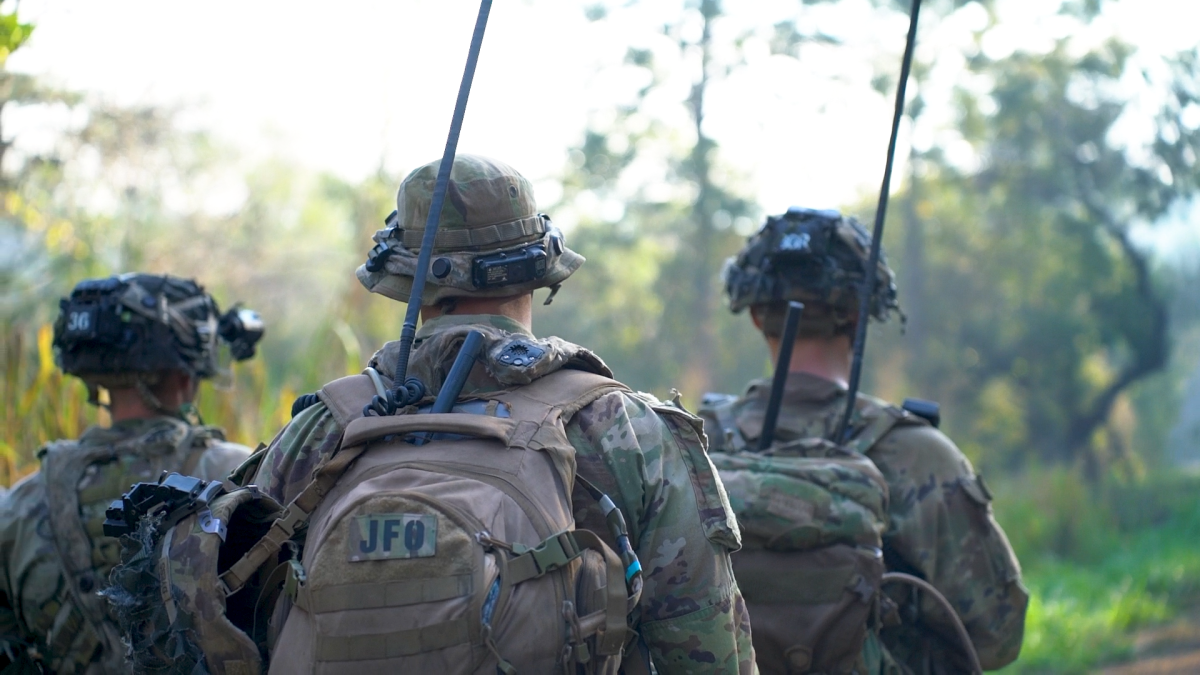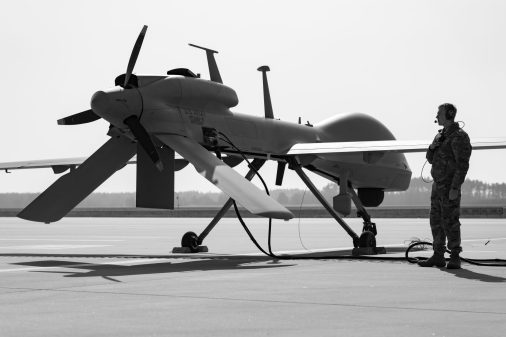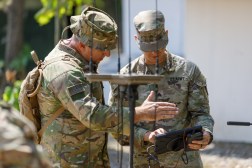Army requesting funding to initiate new theater signals intelligence program

The Army is requesting $6.6 million in research-and-development funds for a new theater-level signals intelligence system, according to recently released budget documents.
A new start program for fiscal 2025, the Theater SIGINT System (TSIGS) is aimed at providing integrated signals intelligence capabilities to support multi-domain operations, force protection and information superiority for Army service component commands and combatant commands. According to budget documents, it will equip military intelligence brigades with “non-persistent mobile capabilities, persistent static capabilities, and portable survey capabilities to their subordinate formations.”
A spokesperson from program executive office for intelligence, electronic warfare and sensors, which runs TISGS, said the intent of the program is to transition existing quick-reaction capabilities that are deployed today into an enduring program of record for continuous development and modernization in order to adapt to changing threats.
Some of those technologies offer the ability to detect, identify, locate, collect, process and report advanced adversarial signals of interest for indications and warnings, support to electronic order of battle development for U.S. and allied maneuver units, and SIGINT support to electromagnetic warfare and cyber operations, per the budget documents.
With the shift to what the Pentagon refers to as great power competition with China and Russia, the U.S. military must be prepared to fight larger and more sophisticated forces across longer distances. As a result, the Army is placing greater importance on capabilities and procedures at higher echelons such as division, corps and theater instead of brigade, which was the primary fighting unit during the post-9/11 counterinsurgency wars.
The $6.6 million ask will provide the initial funding that will be utilized to begin transition of the program, including needed non-recurring engineering and testing to establish an enduring program, according to the Army spokesperson. Budget documents state it will support the development, integration and technical insertions of signals of interest to the program.
The service’s justification books didn’t provide any additional funding projections for the initiative across the five-year planning period known as the future years defense program.
The Army spokesperson explained that additional money for R&D and procurement will likely be requested in future years, once the transition baseline has been established.
Going forward, a competitive acquisition strategy will be approved at the program’s initiation involving adoption of the major capability acquisition framework and integrating elements of the software acquisition model, according to budget documents.
“The goal is to swiftly deliver an integrated ground intelligence system of systems that aligns with strategically positioned theater-based forces,” the documents state. “The TSIGS initiative will capitalize on MCA authorities to expedite development and continuous integration and continuous delivery (CI/CD) of software products, ensuring adaptability to evolving and emerging requirements over time.”






